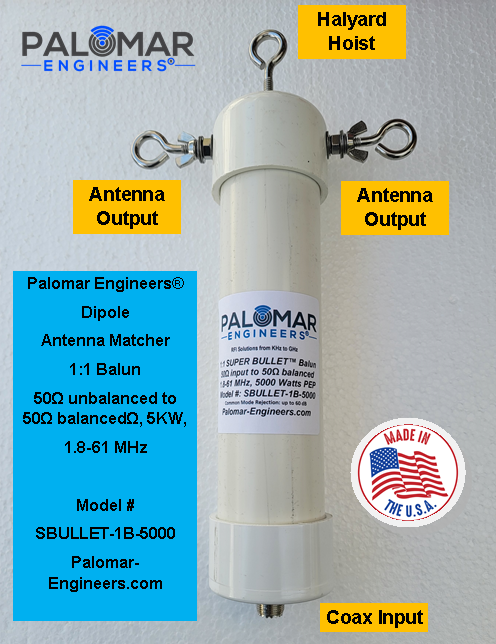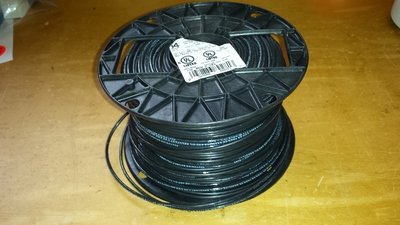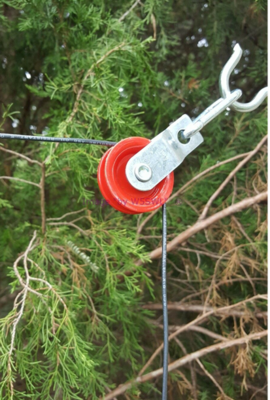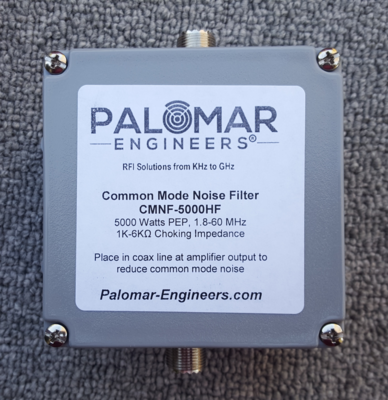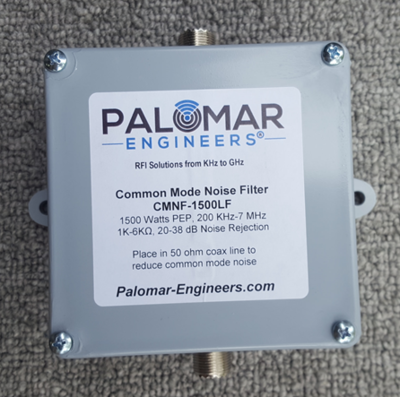For RFI common mode suppression use, mix 31 is effective from 1-300 Mhz, mix 43 works from 25-300 Mhz, Mix 61 is for 200-2000 Mhz, and mix 77 favors .1-50 MHz. These frequencies are those of the interfering signal to be eliminated, not the operating frequencies of the equipment to be protected. See Mix Selection for other applications.
NOW WITH QUANTITY PRICING FOR CLUB , VOLUME PURCHASERS!
Bead dimensions are shown in the picture below and in the table as A, B, C
Application Note: Use impedances for each bead at your desired frequency to select number of beads needed for desired Z. For example if you have a 50 ohm RG-8 coax cable and want a choking impedance of 500 ohms at 10 Mhz, you can check the FB102 column (since FB102 will pass RG-8 through its center ID) at 10Mhz and find that Mix 31 has a Z of 108 ohms/bead and Mix 43 has a Z of 91 ohms/bead. For 500 ohms we would need 5 mix 31 beads or 6 mix 43 beads to have greater than 500 ohms. Mix 31 has better response below 10 Mhz but above 10 Mhz mix 31 and mix 43 are very close. If you need more Z, just use more beads in series on the cable or use more windings thru a larger ID bead (e.g. USE FB102-31 for 4 turns of RG-8X for 16X increase in Z per bead – see pictures below for examples). Use Mix 61 for VHF and above for RFI/EMI suppression and below 30 Mhz for multi-ratio impedance transformers (baluns/ununs). See Mix Selection for other applications.
For extra large cables use the FB400-31 which has an inside diameter of 3 inches (76mm).
Frequency Range Comparison Chart
(FB56-xx size)
Multi-turn Common Mode Choking Impedance Increase Example (FB56-43)
Ferrite Bead relative size comparison
SLIP ON Sizes for Heliax and Coax Cable
Cascaded Common Mode Chokes/Line Isolators/1:1 Baluns
Handy Wire Size reference for ferrite bead sizes needed
————————————————–/———————————————————
Connector already on cable? See Snap On Ferrite Beads for convenient installation on cables with connector already installed.
